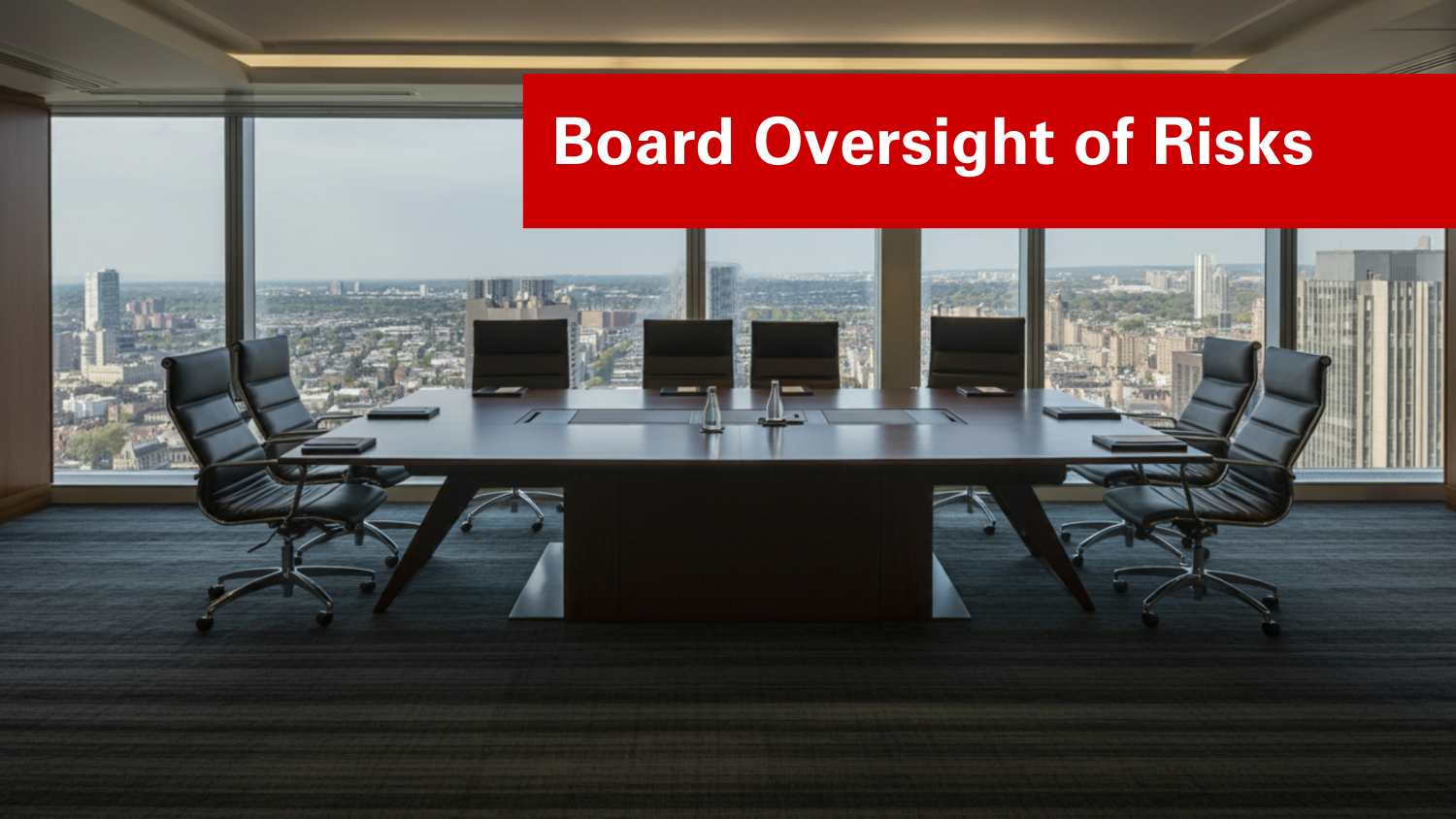Role of the Chief Risk Officer
The Chief Risk Officer (CRO) is rapidly becoming one of the most crucial members of the management team. A rising number of CROs and numerous regulatory risks associated with global business reflect just how important the position has become for companies. Information technology issues are very challenging for risk managers and vastly increase the breadth of their responsibilities.
The report, “The Evolving Role of the Chief Risk Officer,” published by the Economist Intelligence Units highlighted claims that an area of concern for companies is the increasing intricacy of global business where risk tolerance can vary greatly. A business unit may find a risk acceptable; however, the company as a whole may not. CROs need to balance risks and inventory decisions to obtain an optimum level for stakeholders. They should be cautious when using their expertise in risk management to avoid being estranged from other managers. Their goal should be to communicate, coordinate and administer policy for risks, but the final responsibility should be the job of managers and employees.
In the future, priorities for risk management will remain steady in regard to regulatory compliance; however, some believe the importance of communication to the board of directors will be less demanding later. New product development and the risks associated with this type of business are expected to become increasingly important. The continuing use of global markets for these products will create the need for more strategic roles for CROs in the near future.
Click below for a link to the full article.
Original Article Source: “The Evolving Role of the Chief Risk Officer”, The Economist, 2005
- Categories:
- Types:


